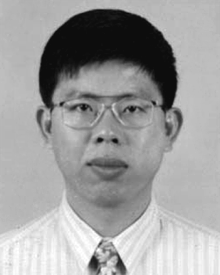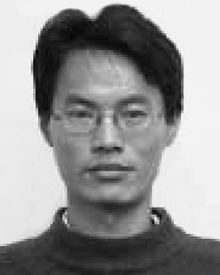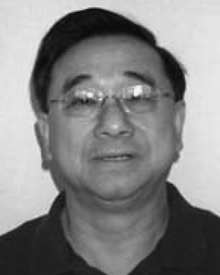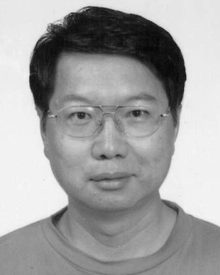Antony K. Liu received the B.Sc. degree from National Chung-Hsing University, Taichung, Taiwan, R.O.C., in 1970, specializing in applied mathematics, and the Ph.D. degree in mechanics from the Johns Hopkins University, Baltimore, MD, in 1976.
Before he joined the NASA Goddard Space Flight Center, Greenbelt, MD, in 1986, he was with Dynamics Technology, Inc., Torrance, CA, as a Research Scientist, Group Manager, and later Section Head of Ocean Technology. He was promoted to Senior Scientist in 1992 at the Oceans and Ice Branch, Laboratory for Hydrospheric Processes, NASA/GSFC. Currently, he is in a three-year assignment detailed from NASA to the Office of Naval Research (ONR) Global-Asia, Tokyo, Japan. He has been a Principal Investigator (PI) of many research programs for the European Space Agency, the Japan Space Agency (JAXA), the Canadian Space Agency, and NASA. He also is a PI on ONR's Surface Wave Dynamics Experiment (SWADE) and Asian Seas International Acoustics Experiment (ASIAEX) and the National Oceanic and Atmospheric Administration's (NOAA's) CoastWatch projects. His research interests involve air–sea–ice interaction, satellite image processing, coastal monitoring, and nonlinear internal wave study.
Antony K. Liu received the B.Sc. degree from National Chung-Hsing University, Taichung, Taiwan, R.O.C., in 1970, specializing in applied mathematics, and the Ph.D. degree in mechanics from the Johns Hopkins University, Baltimore, MD, in 1976.
Before he joined the NASA Goddard Space Flight Center, Greenbelt, MD, in 1986, he was with Dynamics Technology, Inc., Torrance, CA, as a Research Scientist, Group Manager, and later Section Head of Ocean Technology. He was promoted to Senior Scientist in 1992 at the Oceans and Ice Branch, Laboratory for Hydrospheric Processes, NASA/GSFC. Currently, he is in a three-year assignment detailed from NASA to the Office of Naval Research (ONR) Global-Asia, Tokyo, Japan. He has been a Principal Investigator (PI) of many research programs for the European Space Agency, the Japan Space Agency (JAXA), the Canadian Space Agency, and NASA. He also is a PI on ONR's Surface Wave Dynamics Experiment (SWADE) and Asian Seas International Acoustics Experiment (ASIAEX) and the National Oceanic and Atmospheric Administration's (NOAA's) CoastWatch projects. His research interests involve air–sea–ice interaction, satellite image processing, coastal monitoring, and nonlinear internal wave study.View more 







